ITIL® 4 Specialist: IT Asset Management (ITAM)
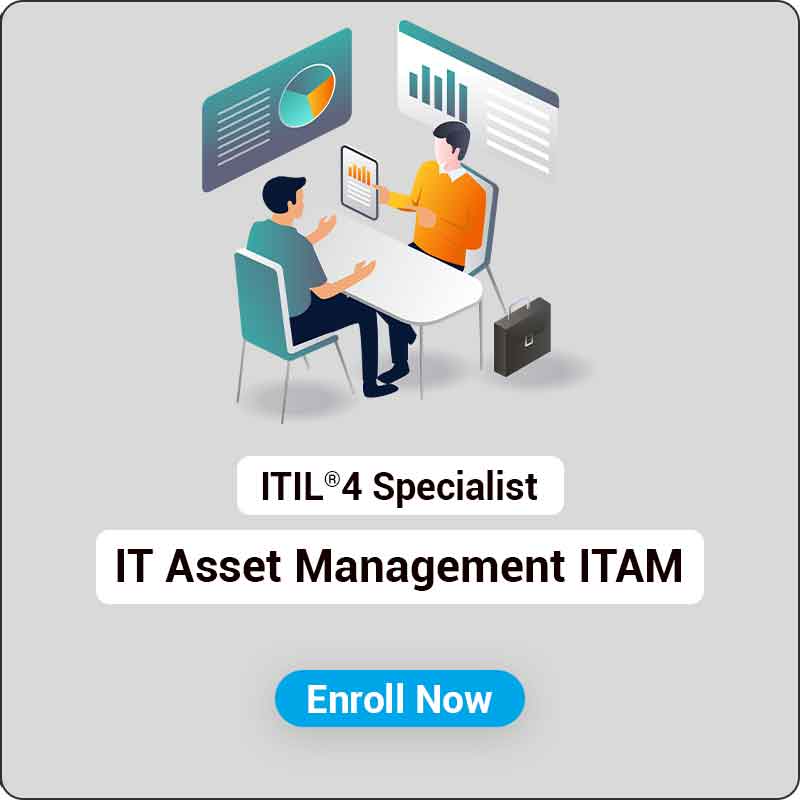
Accredited By

Course Package
Exam Voucher by PeopleCert
Official Training Material from PeopleCert
Official ITIL®4 ITAM E-Book
Highly Experienced & Accredited Instructor
Live Instructor-Led Sessions
Real Life Examples & Case Studies
Lifetime LMS Access
K-Prime Warranty
Target Audience of ITIL® 4 Specialist: IT Asset Management (ITAM) Certification
The ITIL® 4 Specialist: IT Asset Management (ITAM) module is primarily designed for professionals who are involved in or responsible for IT asset management within an organization. The module is especially pertinent for:
-
IT Asset Managers
-
IT Service Managers
-
IT and Business Relationship Managers
-
IT Governance and Compliance Professionals
-
IT Procurement and Contract Managers
-
IT Finance and Budgeting Professionals
-
IT Auditors and Compliance Officers
-
IT Consultants and Service Providers
Pre-requisites Of ITIL® 4 Specialist: IT Asset Management (ITAM) Certification Training

ITIL® 4 Specialist: IT Asset Management (ITAM) Exam and Certification Information
-
No. of Questions: 40
-
Exam Duration: 90 minutes
-
Exam Format: Multiple Choice Questions (MCQ)
-
Pass Marks: 26 out of 40 (65%)
-
Exam Type: Closed Book
ITIL® 4 Specialist: IT Asset Management (ITAM) Certification Journey
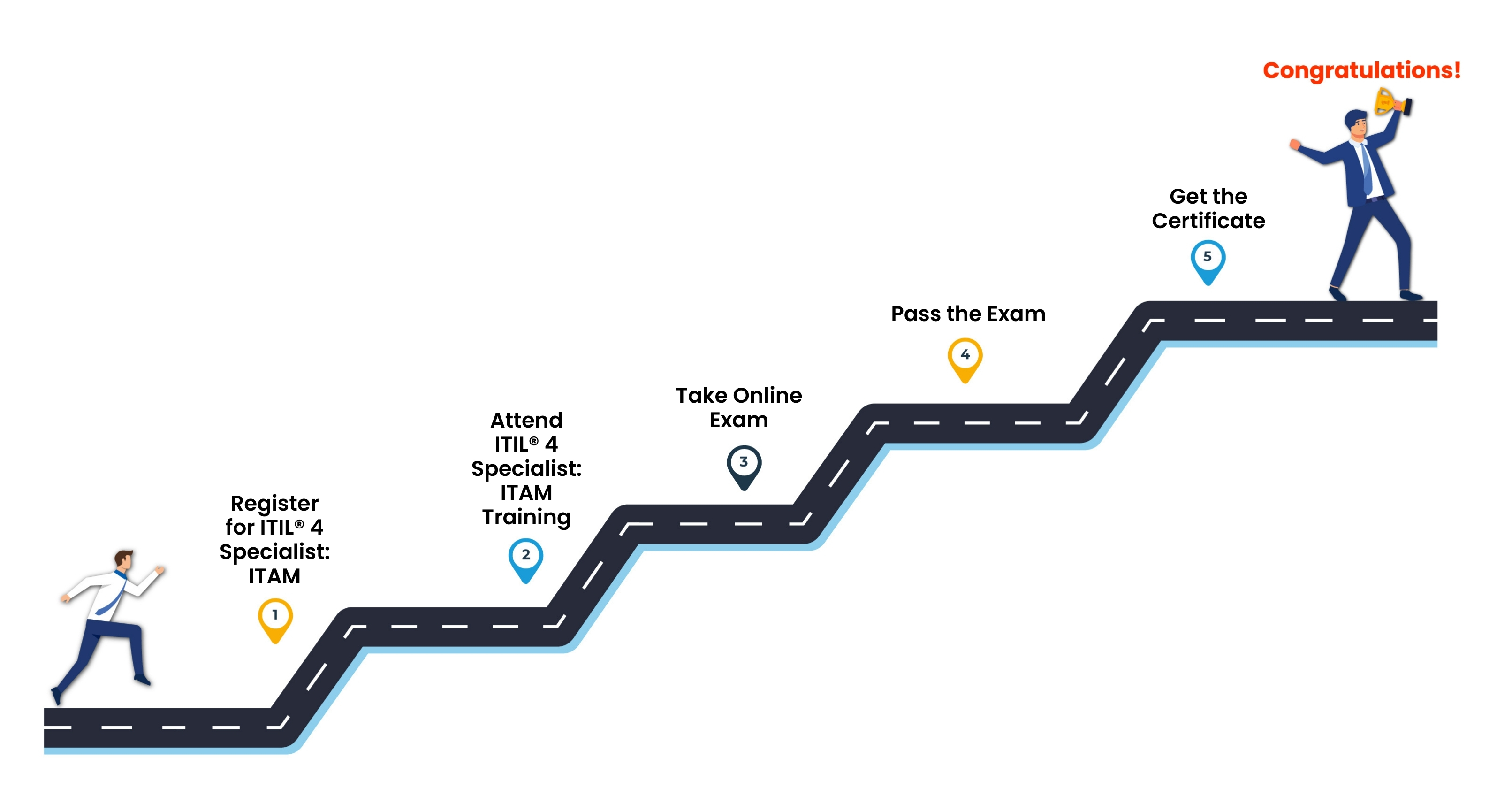
Course Outline
- ITIL® Foundation recap
- Overview of IT asset management principles, concepts, and benefits.
- Understanding the role of IT asset management in supporting business objectives and delivering value.
Frequently Asked Questions.
IT Asset Management (ITAM) is the systematic practice of managing and optimizing IT assets, from acquisition to disposal, to enhance cost efficiency, ensure compliance, and maximize business value.
IT Asset Management (ITAM) is crucial because it: • Maximizes efficiency by optimizing IT resource usage • Reduces unnecessary costs through better asset tracking • Ensures compliance with licensing and regulatory standards • Strengthens security by monitoring authorized assets • Supports data-driven decisions for IT investments

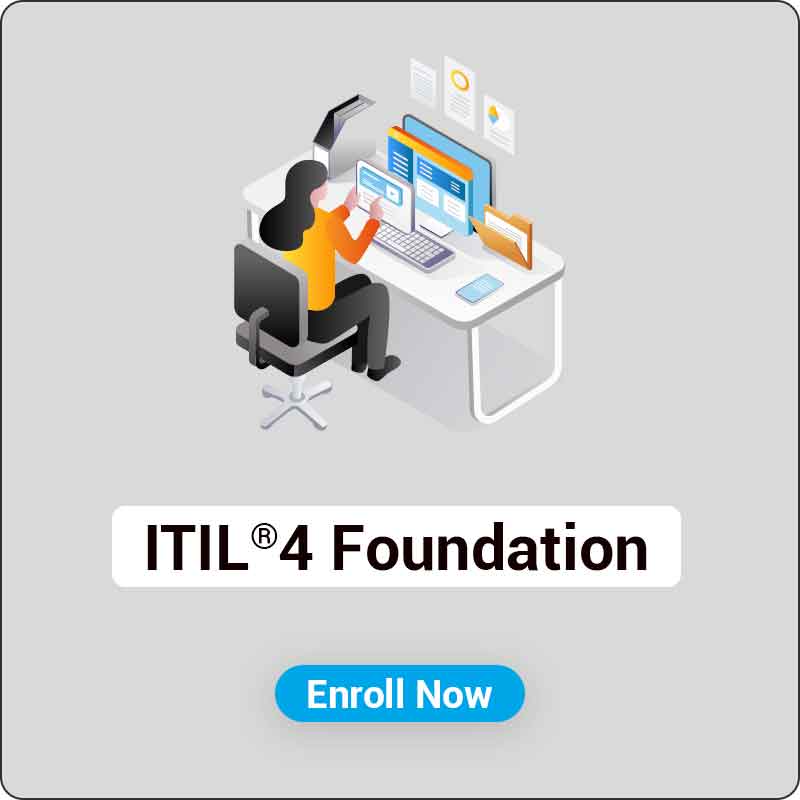
.jpg)

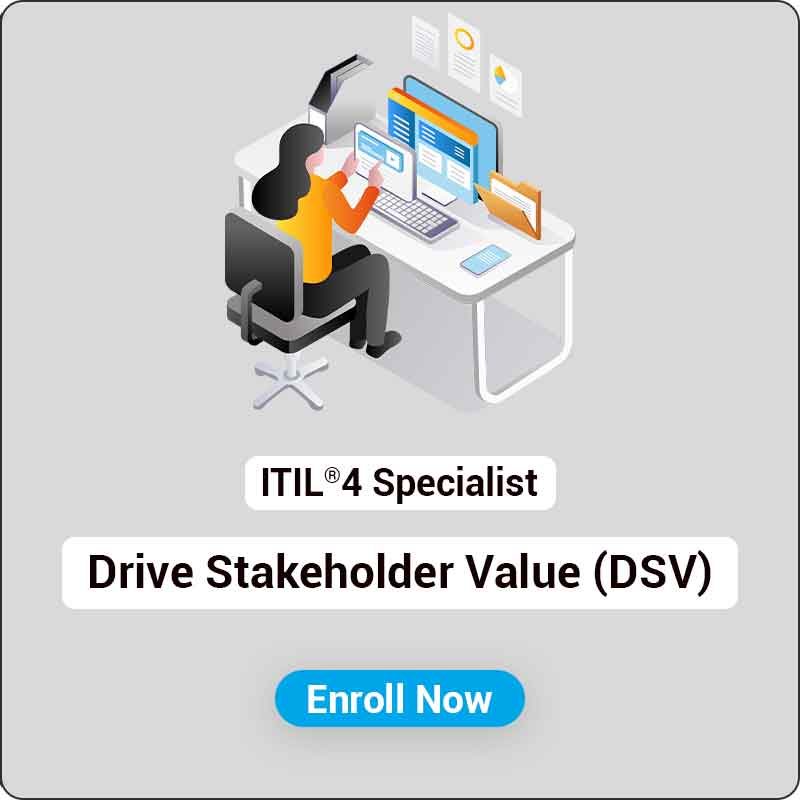

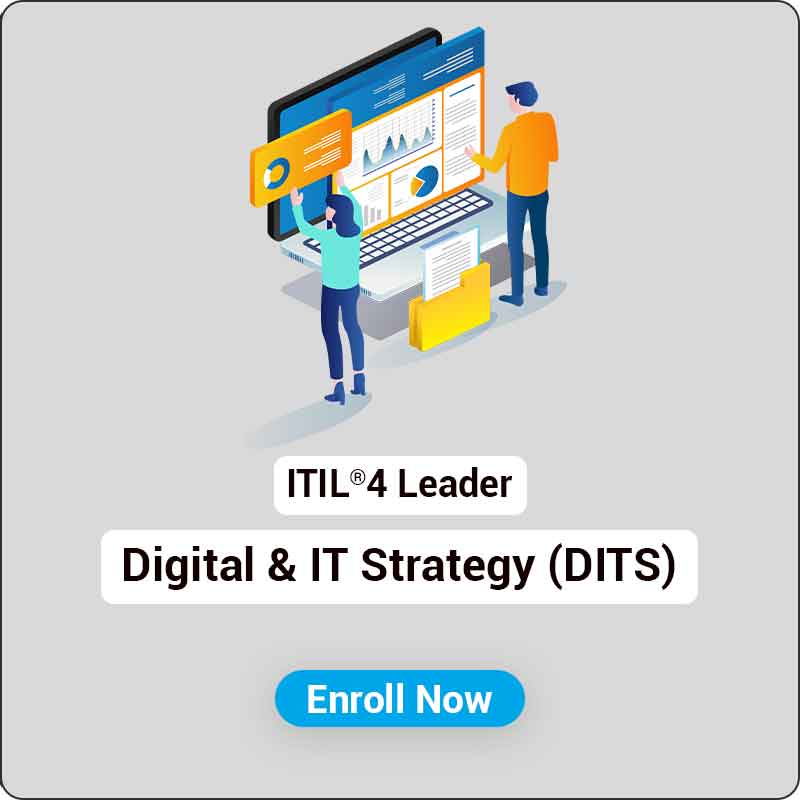
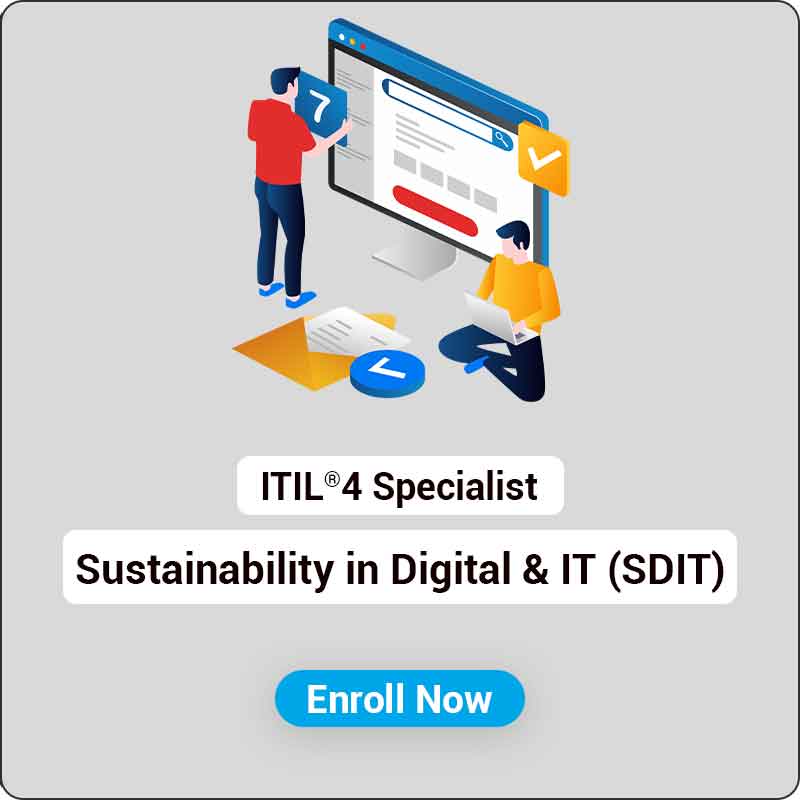
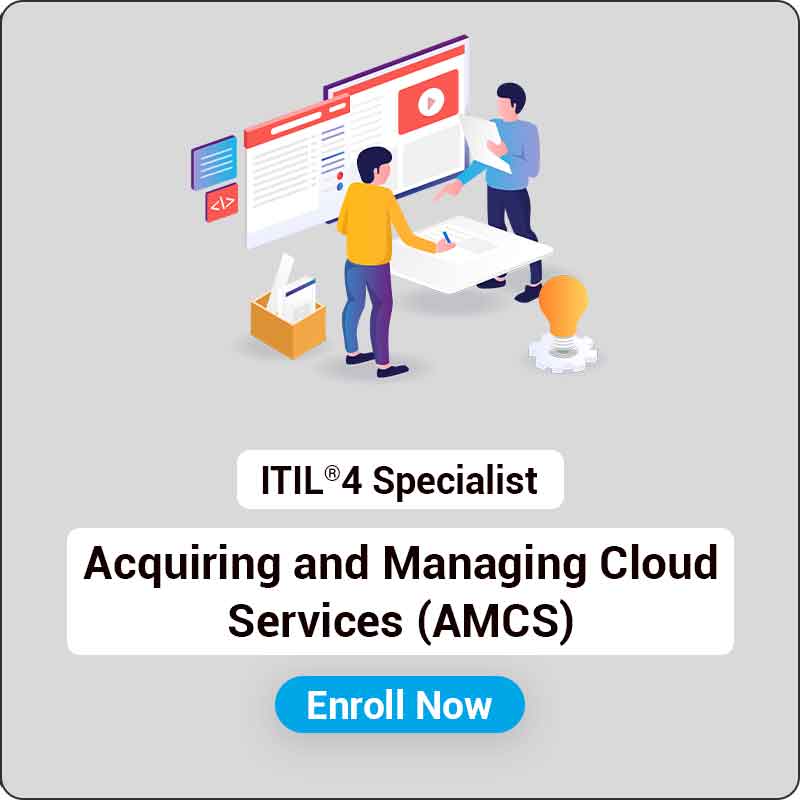


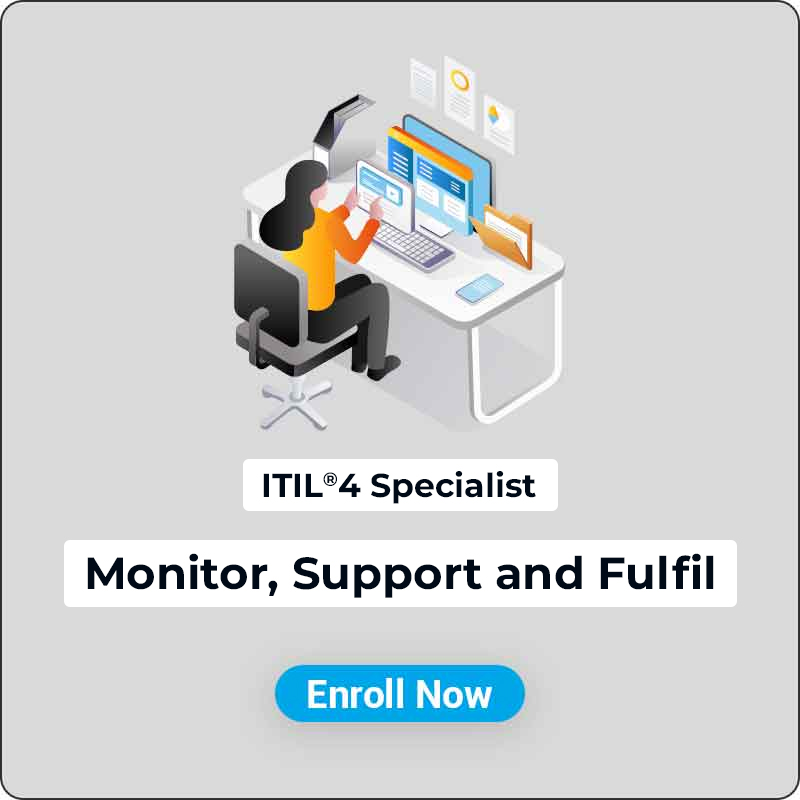
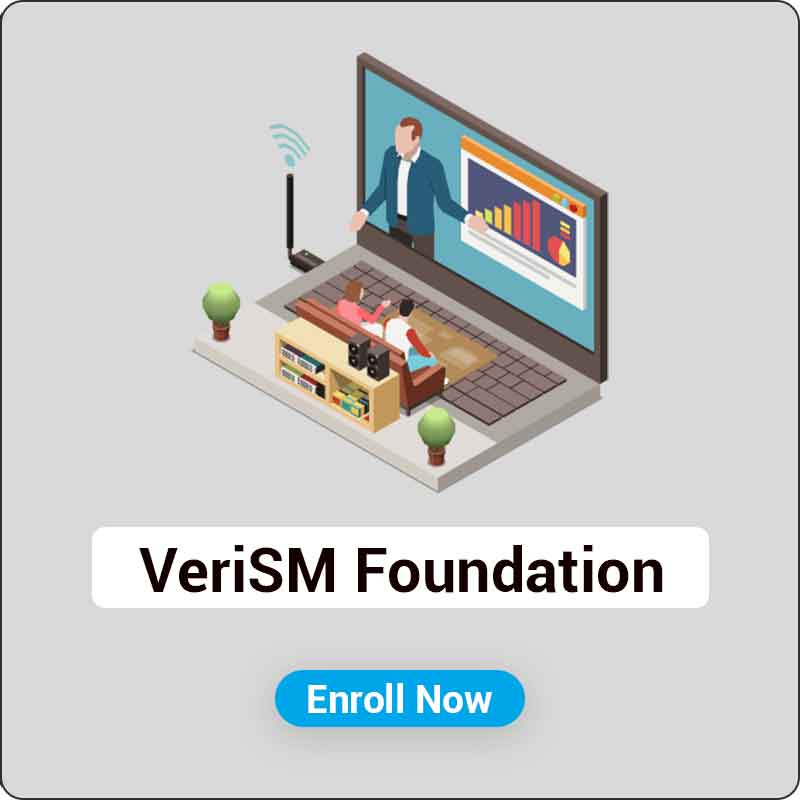
.jpg)
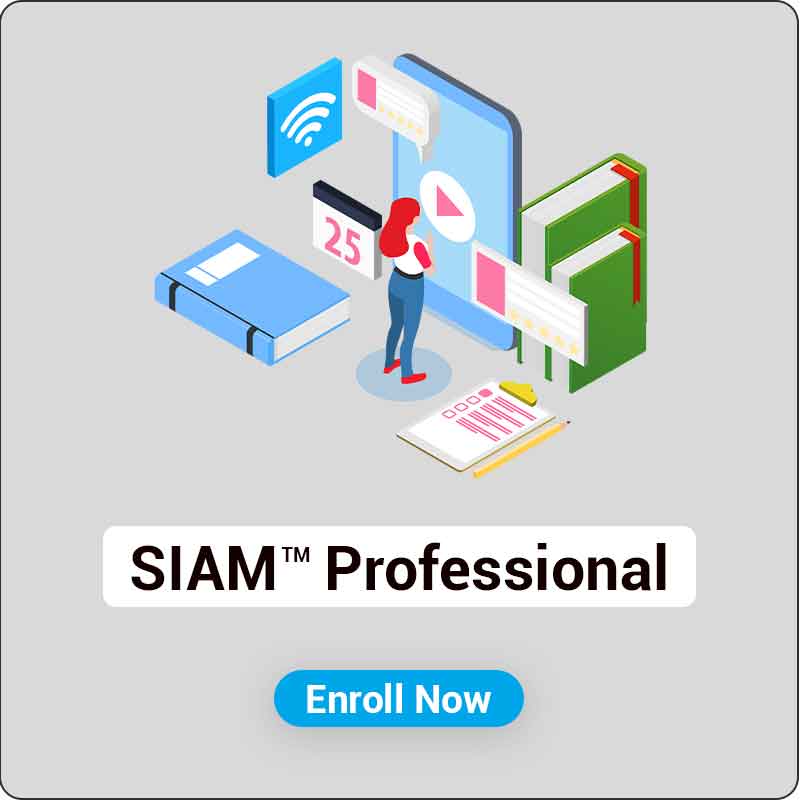
.jpg)
.png)
.png)

.jpg)
